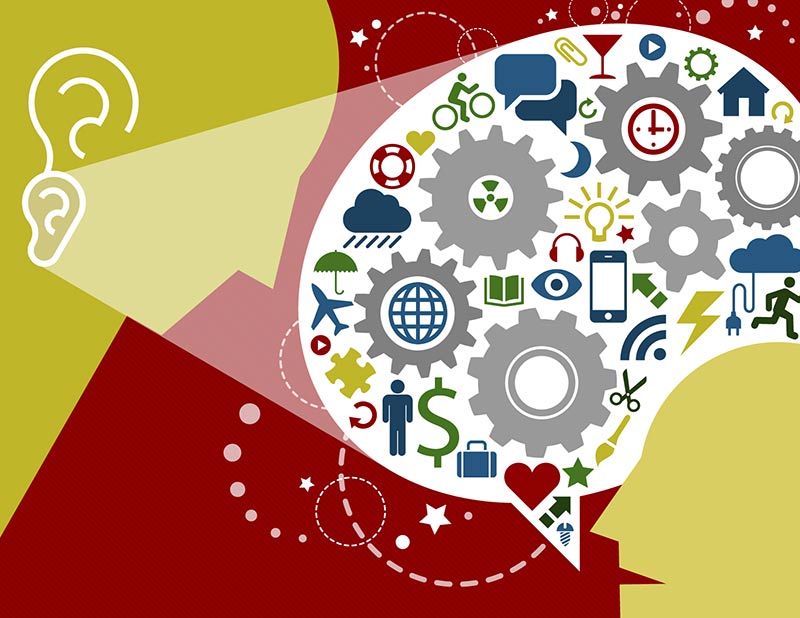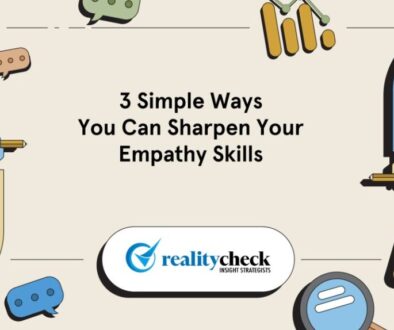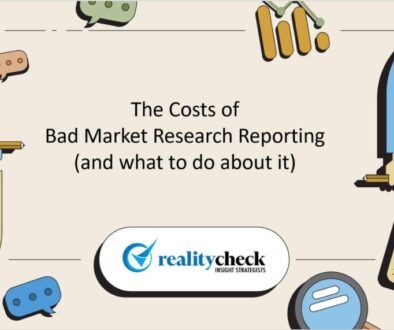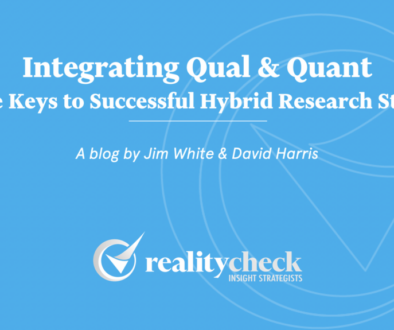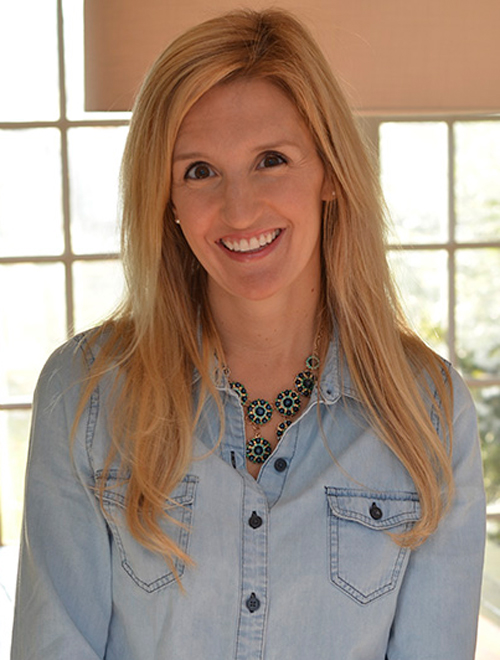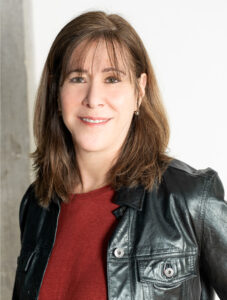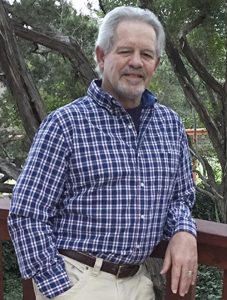How Brand Marketers Can Develop a Human Insights Listening Culture
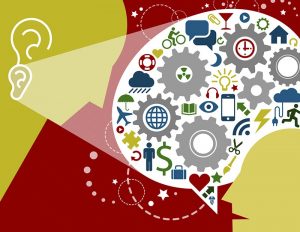 If a human insight falls in a consumer forest and nobody is listening…did it really happen?
If a human insight falls in a consumer forest and nobody is listening…did it really happen?
Simply put, listening for human insight that can help a brand make a difference in someone’s life is different than listening for consumer insight that comes out of someone’s experience with a product or a brand.
As a marketing research and insights strategist, this hit me like a ton of bricks a few different times over the past year. Our brand marketing clients have begun expressing more of an interest in learning how to listen for human insights. Several are excited about gaining some of the listening skills we believe are important in a marketing world that is more and more focused on humanizing their brands. They can see the importance of listening beyond what people are saying to what they’re really talking about. They are seeing the results in their business.
And then, of course, there was the election. This was not marketing research’s finest hour…chiefly because we did a terrible job of listening. We listened for issues and opinions instead of listening for human insights. Much of the “listening” issue within the election had to do with most of us (me included) letting our feelings about how we wanted the election to come out influence what we thought was going on. This caused most of us to miss the big, transformative human insight.
Many brand marketers, agencies and insight strategists tend to make this same mistake in our day-to-day projects. We are so immersed in our corporate listening cultures and ideologies that we can miss transformative insights for our brands. Yes… I believe all companies – and even brands – have a “listening culture” that develops over time. It generally comes from the culture of the organization or what the brand wants to do at that moment. I’ve seen this over the years…sometimes in a more overt way (a fashion brand that didn’t listen to people that weren’t good looking) or recently in a more subtle way (a large, well known food company that has signs in their building about the “voice of the consumer” but all the pictures and quotes relate to their brands – not people’s lives). Most of us – either unknowingly or knowingly – practice a form of affirmation-seeking, self-serving listening. The listening culture in our organization often forms an invisible barrier to growth because it’s more focused on us than the very real people out there who might buy from us.
A good starting point would be to make an Emotional Listening Plan for each insights project. To make sure that brand, client and insight strategists are on the same page and can collaborate in a more meaningful way to elevate the insight into something that can truly transform a brand…and have everyone feel a deeper sense of ownership. Within this, maybe clients would actually get more out of an insights project if we gave them ways to listen to the underlying human meaning of what’s being discussed. We agree to a screener, discussion guide and stimulus… maybe we should also agree to an emotional listening plan.
It’s possible to go all out and make your listening culture more human-centered. This style of listening can supersede other corporate culture influences. Don’t be satisfied with thinking that you are “consumer-centric” when real growth comes from being “human-centered.” Do this consciously. Don’t just hope it happens. Talk about what you want to learn about people as people. Put research participants in a position where they’re telling stories about their lives instead of offering opinions on your product. Those stories will tell you more than you’ve ever heard before but you have to learn how to listen to them emotionally and with empathy.
Then when a human insight falls in your forest of research, it will happen. Because you’re listening for it.
To learn more about how your brand team can create an Emotional Listening Culture, click here.

